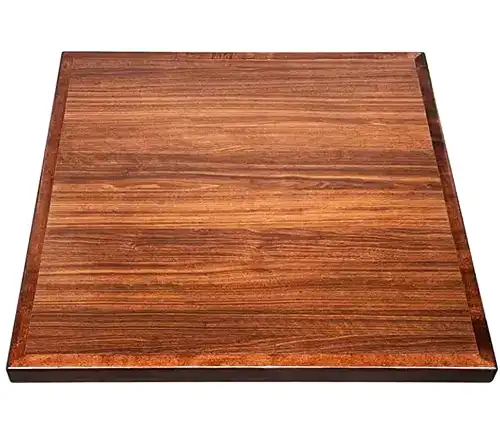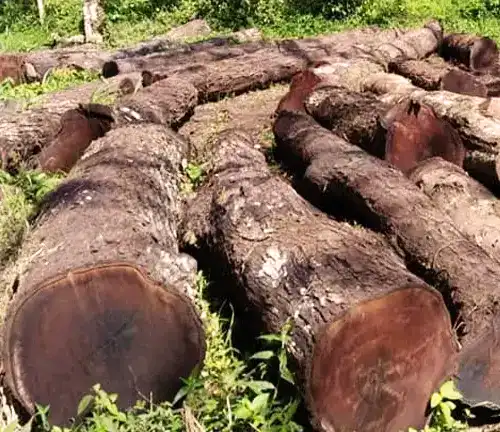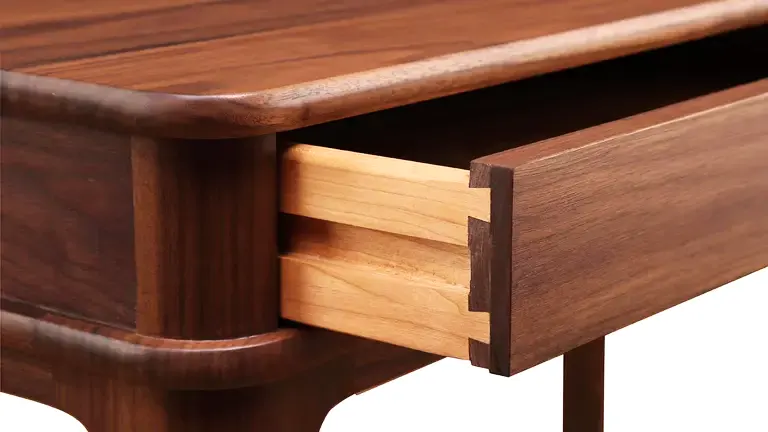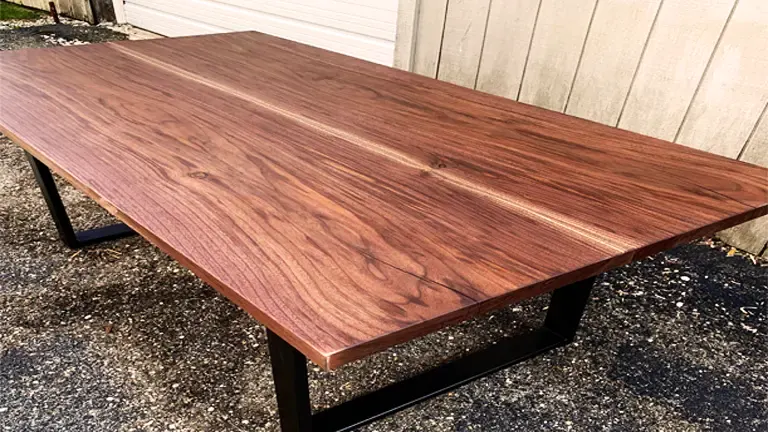Colombian Walnut Lumber
- September 5, 2023
- 0 comment
Colombian Walnut, scientifically referred to as Juglans neotropica, is an exquisite hardwood variety renowned for its remarkable visual appeal and outstanding resilience. This rare timber species originates from the verdant woodlands of Colombia, nestled within the heart of South America, where it flourishes in the tropical climate of the region.

Colombian Walnut lumber holds a special place in the hearts of both woodworkers and artisans due to its distinctive blend of aesthetics and durability. Its striking appearance, characterized by deep, rich hues and intricate grain patterns, lends itself perfectly to crafting fine furniture, flooring, and intricate woodwork.
Furthermore, this hardwood’s remarkable strength and resistance to wear and tear make it a preferred choice for projects that demand longevity and enduring beauty, solidifying its reputation as a prized gem within the world of exotic hardwoods.
| Attribute | Details |
|---|---|
| Common Name(s) | Colombian Walnut |
| Scientific Name | Juglans neotropica |
| Distribution | Native to Colombia |
| Tree Size | Medium to large, up to 100 feet tall |
| Average Dried Weight | Approximately 45-50 lbs/ft³ (720-800 kg/m³) |
| Specific Gravity | 0.72-0.80 |
| Janka Hardness | 1,180-1,290 lbf (5,250-5,750 N) |
| Modulus of Rupture | 15,800-17,300 psi (109-119 MPa) |
| Elastic Modulus | 1,570,000-1,720,000 psi (10.83-11.86 GPa) |
| Crushing Strength | 8,600-9,400 psi (59-65 MPa) |
| Shrinkage | Radial: 4.5%, Tangential: 8.5%, Volumetric: 13.0% |
Color/Appearance
Colombian Walnut lumber boasts a striking palette that ranges from warm, reddish-brown tones to darker chocolate hues. This diverse color spectrum contributes to its visual appeal, making it a sought-after choice for woodworking projects that demand a touch of elegance

Grain/Texture

The grain of Colombian Walnut is typically straight, complemented occasionally by attractive figures. Its fine texture enhances its overall aesthetic, creating a surface that is both visually appealing and smooth to the touch. This makes it a favorite among woodworkers seeking a refined finish.
Rot Resistance
One of the notable features of Colombian Walnut is their moderate resistance to decay. While it may not rival some tropical hardwoods in terms of durability, proper finishing and maintenance can enhance its longevity, especially when used in indoor applications.

Workability
Craftsmen appreciate Colombian Walnut for their workability. It responds well to both hand and machine tools, allowing for precision in cutting, shaping, and finishing. This workability makes it a versatile choice for a variety of woodworking projects.
Odor
Colombian Walnut is generally devoid of any distinctive odor, contributing to a pleasant working environment for woodworkers. Its neutral scent allows for a focus on the craft at hand without the distraction of strong or unpleasant smells.
Allergies/Toxicity
For those with wood allergies, Colombian Walnut is considered generally safe to work with. As with any wood, it is advisable to use appropriate protective measures, such as dust masks and gloves, when handling and processing the lumber.
Pricing/Availability
Colombian Walnut lumber is prized for its aesthetic qualities and workability, influencing its market demand. While it may not be as widely available as some domestic hardwoods, it is generally accessible and competitively priced, especially for those seeking a unique and visually appealing wood.
Sustainability
When considering the environmental impact, it is essential to verify the sourcing practices. Some Colombian Walnut may come from sustainably managed forests, and certifications such as FSC can offer assurance regarding responsible harvesting practices.
Common Uses
Colombian Walnut finds diverse applications in the realm of woodworking. Its attractive color and grain make it an excellent choice for furniture, cabinetry, flooring, and decorative veneers. The wood’s workability also lends itself well to carving and turning, providing flexibility for various artistic expressions in woodworking.


Frequently Asked Questions (FAQs)
- Is Colombian Walnut lumber sustainably sourced?
Sustainable sourcing practices are essential for responsible woodworking. It’s important to inquire about the origin of Colombian Walnut lumber and whether it comes from sustainably managed forests in Colombia. Look for certifications like FSC (Forest Stewardship Council) to ensure responsible harvesting. - What unique woodworking projects can I undertake with Colombian Walnut lumber?
Colombian Walnut’s rich color and fine grain make it ideal for a wide range of woodworking projects. Consider using it for intricate carvings, turned items, musical instruments, and decorative veneers in addition to more traditional applications like furniture and cabinetry. - How does Colombian Walnut compare to other walnut species like American Black Walnut or European Walnut?
Colombian Walnut shares some similarities with other walnut species in terms of color and grain, but it may have distinct characteristics due to its specific growth conditions. Understanding these differences can help woodworkers choose the right walnut lumber for their projects. - What finishing options work best with Colombian Walnut?
Colombian Walnut responds well to a variety of finishes, including oils, stains, and clear coats. However, due to its beautiful natural color, many woodworkers choose to apply a clear finish that enhances the wood‘s natural beauty while providing protection. - Are there any unique considerations for working with Colombian Walnut lumber in humid or tropical climates?
Colombian Walnut, like many hardwoods, can be affected by changes in humidity. Woodworkers in humid or tropical regions should acclimate the lumber properly before working with it to prevent warping or other moisture-related issues. Proper sealing and finishing are also crucial in such environments.
“We’re eager to learn from your expertise! Feel free to share your personal experiences and thoughts on working with Colombian Walnut Lumber in the comments section below. Your insights can be invaluable to fellow woodworkers looking to create exceptional projects with this remarkable wood!”







Leave your comment